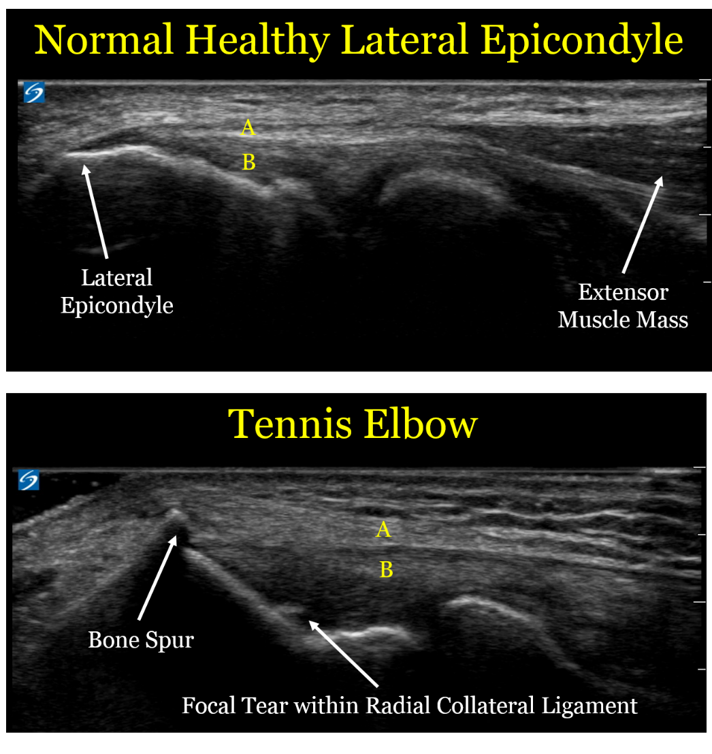While I've been involved with the US Medical Soccer Team since June 2013, this was my first time at the World Medical Football Championships. The tournament was a great experience. Over 500 physicians from 18 different countries gathered in Long Beach, CA. Most of us stayed at one hotel, the Hyatt Long Beach, and we travelled daily together via bus to the fields at Cal State Long Beach. We had 4 adjoining fields so that once done with a game, teams could stay and watch/scout other matches. Staying and playing in the same locations made it easy to get to know people. Evenings 4:30-7:30p were spent (by some of us) at our concurrent medical conference, and this was another opportunity to become acquainted with our colleagues.
The competition on the pitch was fierce. These docs came to play. Fortunately,
the USMST had a decent draw, and our first round group matches were against Lithuania, South Korea, and Australia. We fought a fit and young Lithuania team to a 0-0 tie (I believe they beat us something like 8-0 last year in Brazil) on Sunday, then beat a smaller but faster South Korea team on Monday 2-0, and on Tuesday we outworked a very tall and strong Australian squad to win 3-2 to win our Group and move on to the Winner’s Bracket.
We presented our Healthy, Fit and Smart Program to ~200 children from the Long Beach Boys and Girls Club with the help of our international physician colleagues on the Wednesday.
Wednesday afternoon our USMST team served as ambassadors on a Hollywood bus tour for our international guests. Fun stops included: Santa Monica pier, Rodeo Drive, and Grauman’s Chinese Theater. While no one signed any movie contracts, the bus returned full of happy faces and many souvenirs.
Then on Thursday the competition resumed and we were pitted first against Venezuela, a newcomer to the tournament. By this time, injuries were stacking up for both teams and we had to dig deep into our reserves. Our energy made the difference and we finished 2-0.
Friday we took on the tournament favorites, Czech Republic. The Czech doctors were all young, skilled, big and strong. They were very organized and strong in the air. Without Alan, our best defender, downed by a torn Achilles in the Australia match, we couldn’t stop their air attack. We lost in this Semi-Final match 4-1 (the last two of their goals came late on counter-attacks after we reduced our defense).
So that placed us in the 3rd place match on Saturday against Ukraine. They struck first in the 1st half, and we tied it up early in the 2nd half. Then we went up 2-1 with ~5 mins remaining, and they tied the match with ~30 seconds left pushing us into PKs. Our squad rallied, and our fabulous keeper came up big, and we beat them 5-3 in PKs.
The USMST finished in 3rd place — a great accomplishment given our squad’s best past performance has been ~10th. The Czech Republic won the tournament, beating Hungary in the Final.
Our Master’s team (45 and over) was quite strong, and went undefeated, but due to goal differential went into the Consolation Bracket, ending up in 5th place overall.
Dr. Bert Mandelbaum, the lead sports medicine physician for US Soccer, presented a lecture at our conference, and indicated his interest in assisting our organization in making further inroads with FIFA given our common interests of physical activity promotion and injury prevention.
All in all, I’d say this was an enormously successful week for the USMST and a fabulous experience for me. A wonderful example of physicians from around the world 'walking the talk' of physical activity and adult play for better health.












